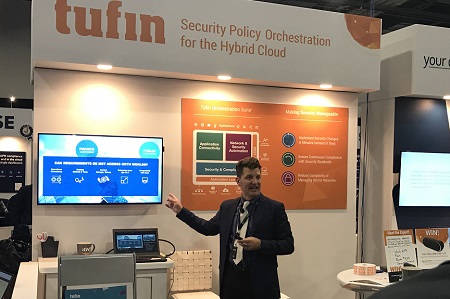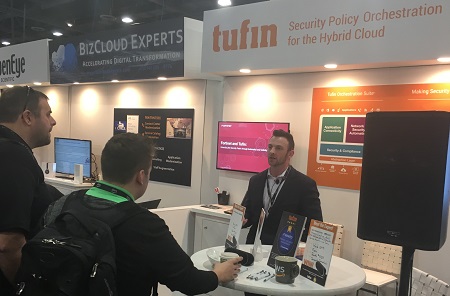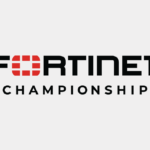AWS re:Invent 2017 took place last week in Las Vegas. With roughly 40,000 attendees, over 1,000 breakout sessions, and too many sponsors and exhibitors to count, this was the busiest and most crowded event so far. We always get so much valuable information at these events when we talk to customers, partners, and other industry experts. Their feedback is such an integral part of our product development process, and it’s great to hear how our users are benefiting from TOS, what our industry peers are working on, and ideas our partners have for advancing our integrations.
Having a firsthand look at all the announcements and breakout sessions gives us a great deal of information to take with us. As such, here are a few of our takeaways based on conversations with partners and customers, as well as the trends we noticed in the announcements that were made throughout the week.
Security in the cloud is (finally) at the forefront
The last several months have seen data breach after data breach due to misconfigured S3 buckets, not to mention the countless other cyberattacks that happened during the year. The year was certainly challenging on the cybersecurity front, and it left the industry with many lessons. One of those lessons is that no matter where your organization is in its cloud journey, securing cloud deployments should be top of mind. In the many product announcements made at the show, we saw a lot of vendors take different angles for cloud security. As the new year is right around the corner, it will be interesting to see how organizations use these new solutions to turn their cloud security concerns into cloud security success.
Speaking of security, AWS launched Amazon GuardDuty, an announcement that solidified its play in the cybersecurity space. According to the press release, GuardDuty is a “fully managed intelligent threat detection service that helps customers protect their AWS accounts and workloads by continuously monitoring account activity for malicious or unauthorized behavior.” Now that Amazon has fully entered the security space, it begs the question, “What’s next?” What will that mean for the company, its customers, and the industry as a whole? Only time will tell, but one thing is for sure: the announcement is a strong demonstration that AWS understands that security in the cloud is a real issue to be addressed.
Prioritizing visibility across the hybrid network
The question of how ownership of AWS management should be divided between IT and security prompted a number of conversations regarding the compromise between agility and security. Attendees discussed the need to ensure visibility over servers that are spun up, understand the application of security policy, and the impact of providing access to the rest of the hybrid network. We’re happy to share that the same values of visibility, compliance, control, automation, and auditability of Tufin extend to AWS, offering customers the same benefits in AWS as they do in the legacy network and SDN.
Addressing cloud security today
The various solutions announced at the show that address the cloud security problem are a step in the right direction. While cloud security is critical, enterprises still have their legacy data center to consider, which makes security policy management even more challenging given the complexity of their network. Additionally, we hear more and more customers are moving to a multi-cloud strategy, running AWS and Azure and/or GCP. What can organizations do today to overcome the security challenges they have within the hybrid cloud?
Organizations that want to fully leverage all the benefits of cloud while feeling confident that their data is secure and their deployments are properly configured need a management platform that can do all this through automation. Security policy automation provides a clear and unified view of the data center, manages security policies across a hybrid network, and handles network configuration without the risk of manual error. In addition, it’s essential to have a single pane of glass view of cloud platforms and the rest of the hybrid network in order to properly manage security policies across this complex environment.
Learn more about how Tufin helps organizations overcome cloud security challenges.
At the show, Tufin also had some friends stop by the booth to talk about our partnerships. We were excited to welcome Jeremiah Cornelius, Security Envisioning Architect at VMware , and Aidan Walden, Public Cloud Architecture at Fortinet.












